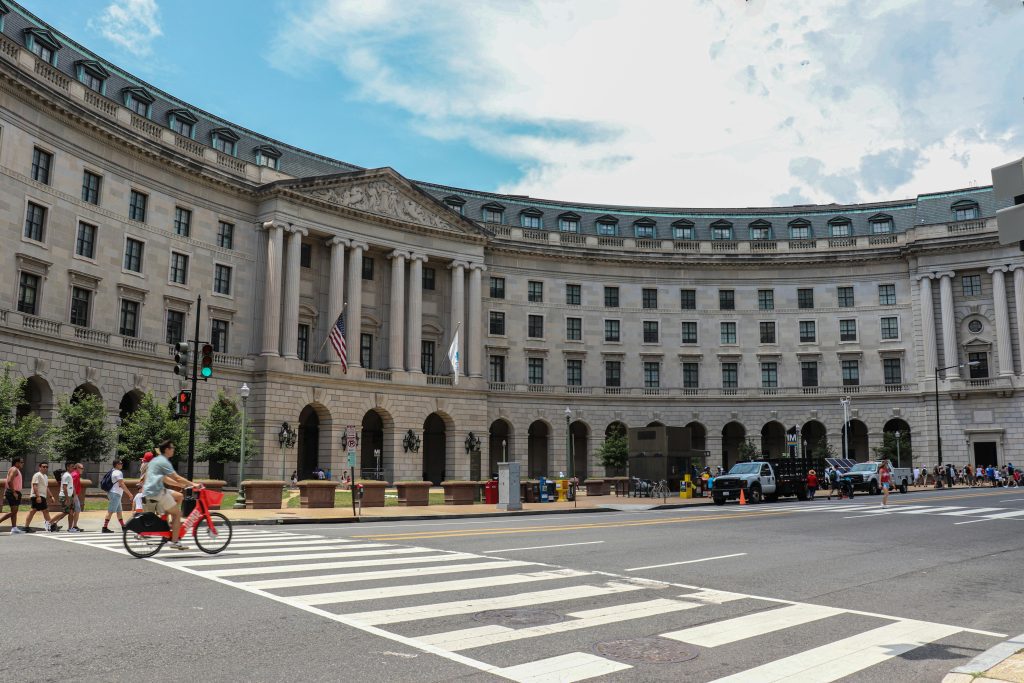Appalachian Bookshelf
These four picks for Appalachian literature and history represent an astonishing depth and variety. For more, see www.appvoices.org/books.
• Field Guide to Medicinal Wild Plants, by Bradford Angier, Stackpole Books (2008). This revised edition brings back a 30-year-old classic field guide with the help of biologist David K. Foster. In the book, for instance, you will find historical information about how elderberry was used as a liniment by the Iroquois Indians, or how jewelweed has been used for generations to control the itching of poison ivy.
• Healing Appalachia: Sustainable Living Through Appropriate Technology, by Al Fritsch and Paul Gallimore, University Press of Kentucky (2007). A first rate introduction to solar, micro-hydro and wind energy for the region, along with non-timber forest products and “wildcrafting.” The book is the product of years of work and experimentation at historic Berea College in Kentucky.
• My Appalachia: A memoir, by Sidney Saylor Farr, University of Kentucky Press (2007). A memoir by a “godmother” of Appalachian literature, Farr’s book describes coping with poverty as a young girl during the Depression by using techniques such as painting her fingernails with bloodroot. The Appalachian family story telling tradition is part of the legacy that Farr cherishes.
• The Hawks Nest Tunnel, An Unabridged History, by Patricia Spangler, Wythe North publishing, Proctorville OH (2008). Tracing the events and documents behind this forgotten and shameful episode in Appalachia’s history, Spangler gives us the tools to understand how hundreds of black miners died of silicosis in the tunnel after Union Carbide contractors refused to use wet drilling techniques or buy protective masks. Poetry and Congressional testimony is reproduced verbatim.
Related Articles
Latest News

Leave a comment
Your email address will not be published. Required fields are marked *




